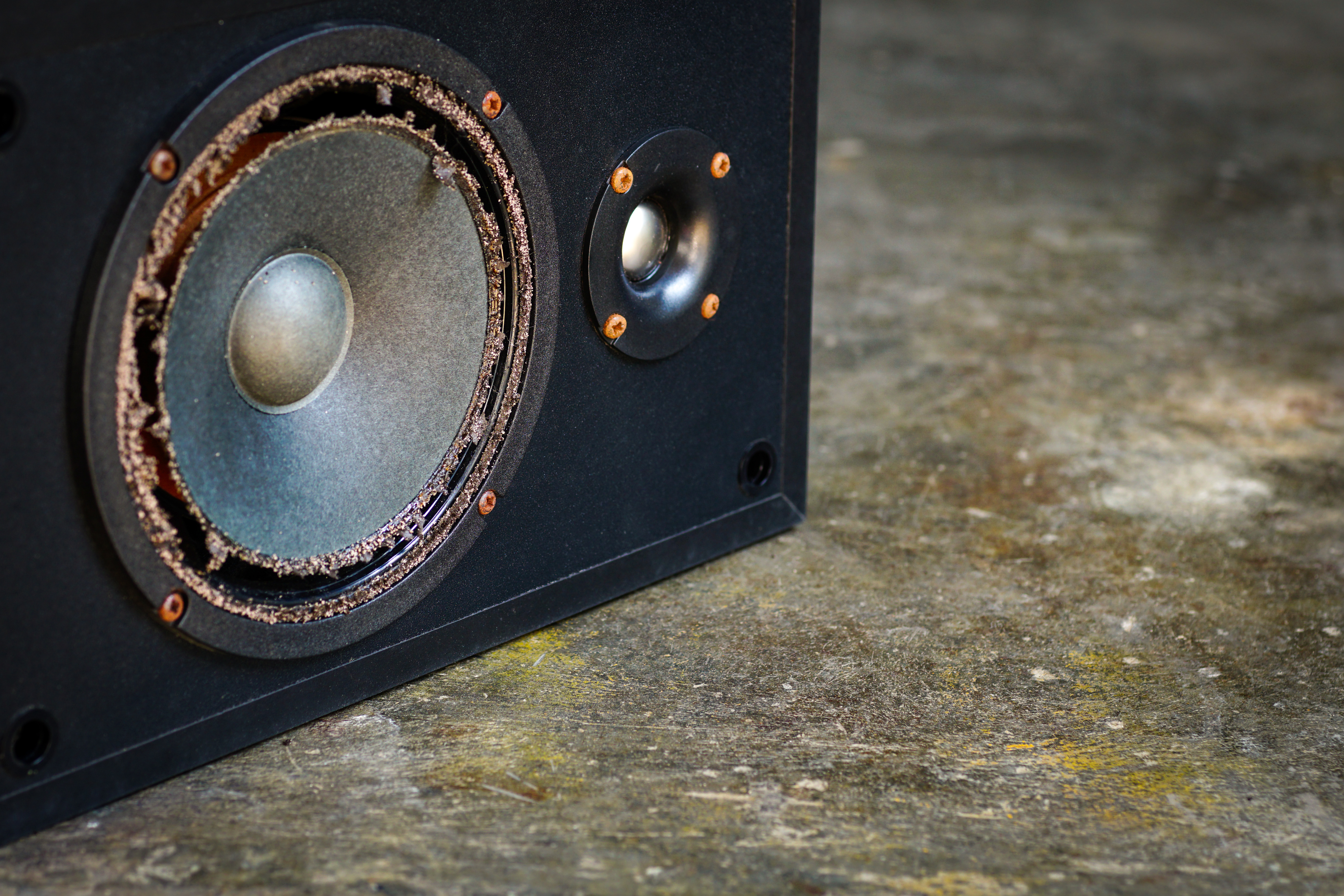
What You Need to Know about Loudspeakers Warranties
Most of today’s loudspeakers come with warranties from the original manufacturer. When you think about the life of a loudspeaker driver, it has the potential to be a rough one. Unless it is a powered loudspeaker, the manufacturer has very little control over how the loudspeakers is treated by the end user.
In a way, it’s an amazing thing to consider that our loudspeakers have any warranty at all given their exposure to potentially harsh conditions outside of the manufacturer’s control. It also speaks well to the durability of the modern loudspeaker driver.
Most loudspeaker warranties (in fact, most warranties in general) are “limited” warranties – and the limitations of those warranties are specified by the manufacture in the documentation provided with the loudspeaker, or on the manufacturer’s website. In the “Limited Warranty” document, the manufacturer defines the terms and conditions that must be followed for a warranty claim to be honored. While each warranty is different, there are broad categories that remain very similar between many manufacturers.
Some example of warranty limitations:
Time – most manufacturers limit their warranty to a certain number of years, usually between two and five years. Lifetime warranties do exist but are very rare.
Geography – most manufacturers limit warranty coverage differently by country. If you bought your loudspeaker via a vendor in the UK, your warranty in the US may not be valid.
Authorized Dealer – it is often required that you prove your loudspeaker was purchased from an authorized dealer of the brand’s products using an original purchase receipt.
Transferability – some warranties are deemed invalid once the loudspeaker changes hands from the original purchaser.
Materials and Workmanship – this is a rather broad category and interpreted differently by many manufacturers. Essentially, this limitation seeks to limit the warranty to manufacturing defects – failure of components not due to abuse. In other words, if your 12” woofer cone is punctured, that will most likely by deemed abuse, and not caused by materials or workmanship. If the rubber surround of that same woofer cone begins to deteriorate during the warranty period, that may be considered as a warranty item.
Installation Methods/Locations – some warranties require that loudspeakers be installed in specific ways, sometimes by specially trained dealers/installers. Also, an indoor loudspeaker may be prohibited from being installed outdoors.
Unauthorized service and repair – if your loudspeaker has had repairs attempted by an unauthorized service center (usually evidenced by a damaged tamper-proof seal) then your warranty may be void.
Abuse – if your loudspeaker shows signs of abuse that may be related to the issue you are filing your claim over, your warranty may be void. Signs of abuse may be physical damage, or can be related to thermal damage, if there is convincing evidence to support it.
The reality is most loudspeaker manufacturers want you to be happy with their product, in hopes that you will buy their brand again, and recommend them to your associates.
As a result, manufacturers will often give you the benefit of the doubt, unless there is very strong evidence indicating that a limitation was exceeded. In the small fraternity of professional audio manufacturers, those that don’t honor warranty claims will garner a negative reputation rather quickly. Your system integrator, consultant, or other pro-audio dealer can be a great help with evaluating warranties and the reputations of various manufacturers.




